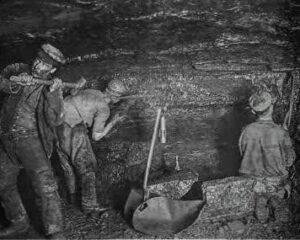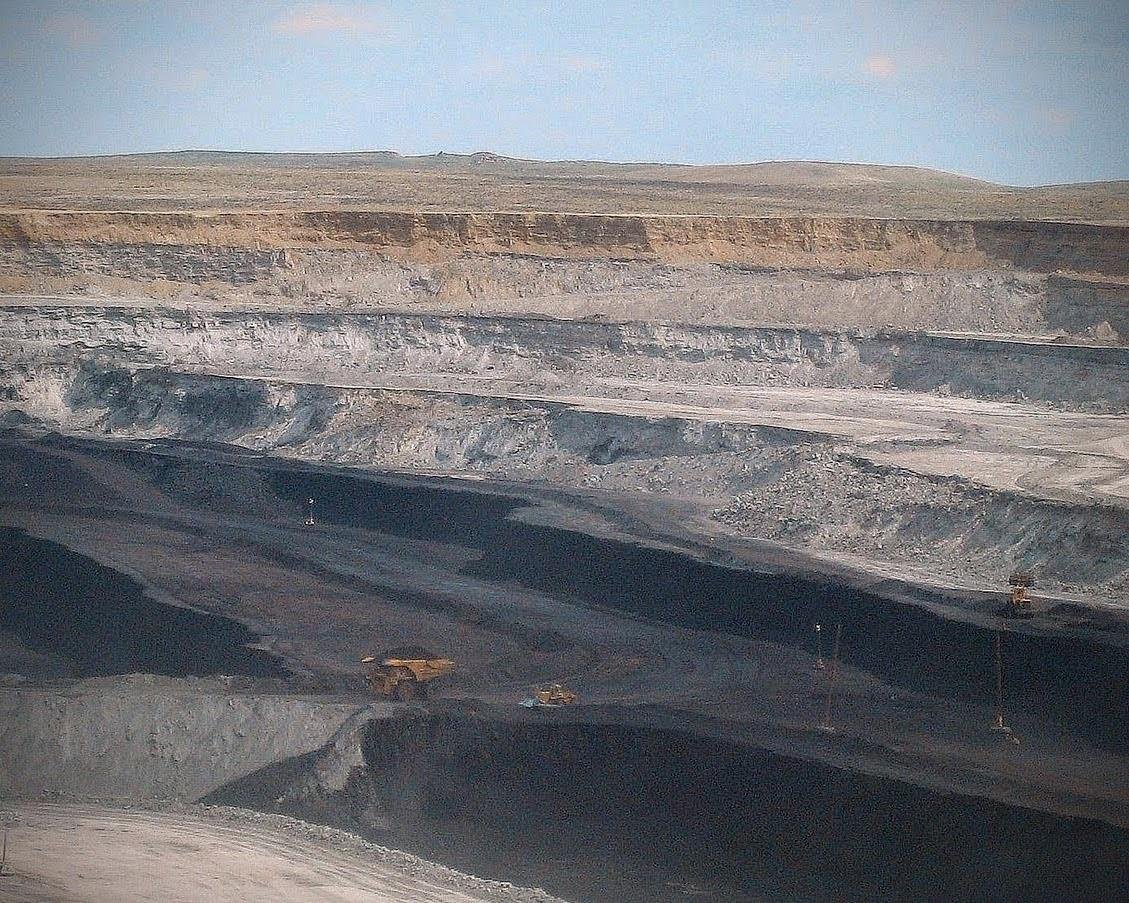The Power Beneath Our Feet: The Story of Welsh Coal
If you’ve ever wandered through the South Wales Valleys or visited Cardiff Bay, you’ve walked on land shaped by one of the world’s most powerful energy sources: Welsh coal. For over two centuries, coal mining didn’t just fuel homes and industries – it shaped communities, built empires, and powered the modern world.
In this post, we’re diving into the discovery, history, and usage of Welsh coal, looking at the specific types of coal that made South Wales world-famous.

⛏️ The Early Days: Discovery of Coal in Wales
The presence of coal in South Wales has been known since Roman times. Archaeological finds in Caerleon and Caerwent suggest that coal was collected from outcrops and used for heating. However, the first records of commercial coal mining date back to the 13th century, when monks at Neath Abbey are believed to have extracted coal for local use.
But it wasn’t until the 18th century, with the rise of the Industrial Revolution, that things really took off.
🏭 The Industrial Boom: Coal Fuels an Empire
By the late 1700s and early 1800s, the South Wales coalfield became one of the most important energy hubs in the world. As Britain industrialised, the demand for coal skyrocketed. And lucky for us, South Wales had it in abundance – and not just any coal.
Here’s why Welsh coal became so sought after:
- High-quality Bituminous Coal: Perfect for steam engines, powering everything from trains to factory boilers.
- Dry Steam Coal (aka Welsh Steam Coal): Low smoke, slow-burning, and high heat – ideal for naval ships, especially the British Royal Navy.
- Anthracite Coal: Found mainly in the western valleys, this hard, clean-burning coal was ideal for domestic heating and industrial furnaces.
🌍 Cardiff: The Global Coal Export Hub
As coal production exploded, Cardiff transformed from a small town into the world’s busiest coal-exporting port by the early 20th century. The construction of Bute Docks in the 1830s and the later Barry Docks allowed millions of tonnes of coal to leave Wales every year.
Welsh coal travelled across the globe – to Europe, South America, and beyond – earning it the nickname “Black Gold.”
🧪 Types of Welsh Coal and Their Uses
Here’s a quick look at the main types of coal found in Wales and their uses:
|
Coal Type |
Location |
Uses |
|
Bituminous Coal |
Rhondda, Cynon, Merthyr |
Steam engines, electricity |
|
Dry Steam Coal |
Rhondda, Aberdare |
Naval ships, export fuel |
|
Anthracite |
Ammanford, Neath, Swansea |
Home heating, industrial processes |
|
House Coal |
Valleys-wide |
Domestic fireplaces and ranges |
👷 Life in the Coalfields
Mining towns like Merthyr Tydfil, Tredegar, and Aberdare sprang up almost overnight, populated by workers from all over Wales and beyond. These communities were built around coal – from the homes to the chapels to the miners’ institutes.
But it came at a cost. Working in the mines was dangerous. Accidents, health issues like black lung, and long hours were a harsh reality.
📉 Decline and Legacy
After World War II, coal began to lose its dominance as oil, gas, and later renewable energy sources took over. The 1980s mining closures, particularly under the Thatcher government, hit Welsh communities hard.
Today, most of the mines have closed, but the legacy of coal is everywhere – in the culture, the accent, the songs, and the heritage sites like Big Pit National Coal Museum in Blaenavon.
💬 Final Thoughts
The story of Welsh coal is a story of grit, power, and transformation. It changed the world – and left an indelible mark on Wales.
Whether you’re a history lover, a local explorer, or just curious about how South Wales shaped modern industry, coal is a fascinating part of the story.





